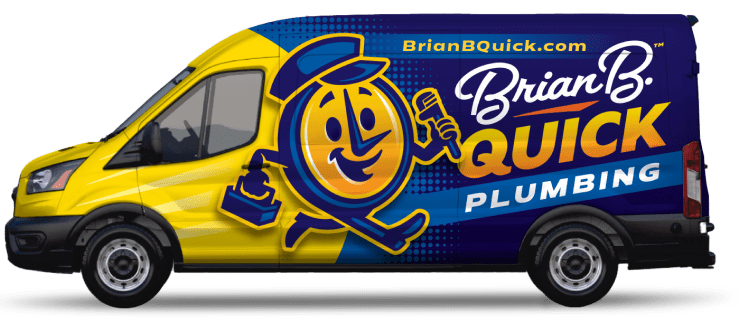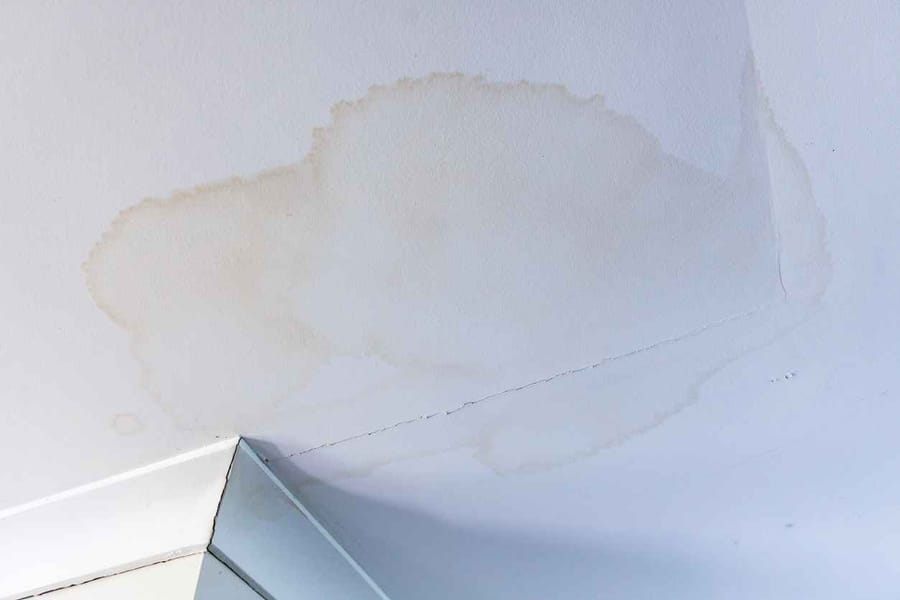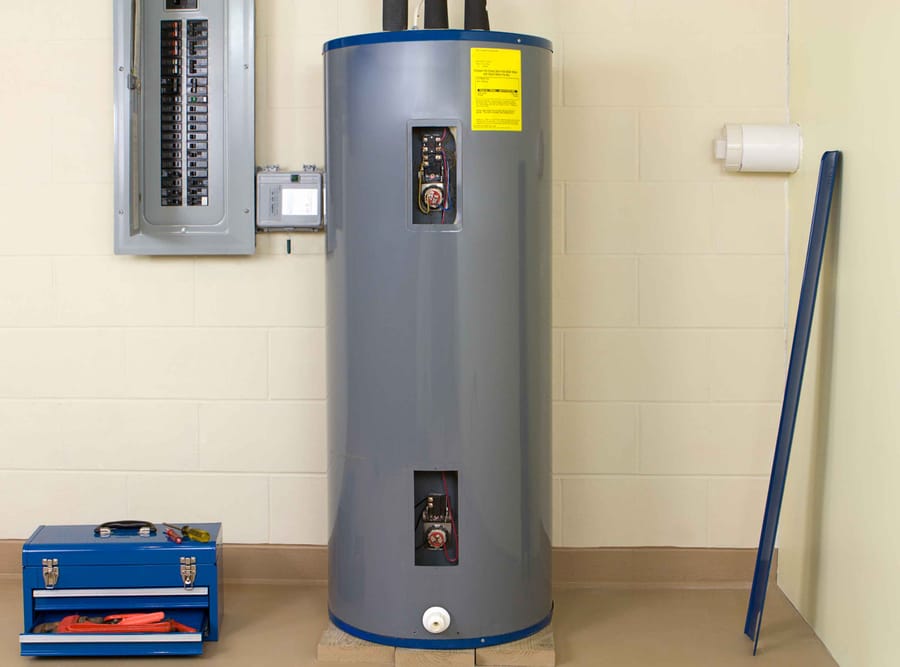
The True Cost of Ignoring a Clogged Sewer Line (and a Simple Action Plan)

A clogged sewer line is one of the most serious plumbing issues a homeowner can face, yet it is also one of the most commonly overlooked. Many people assume slow drains or occasional gurgling sounds are minor problems, but these early signs often point to a much larger issue deep within the sewer system. When left unaddressed, a clogged sewer line can lead to widespread property damage, expensive repairs, and even health risks inside the home.
Ignoring the issue allows pressure to build, blockages to expand, and damage to spread through the plumbing system. What starts as a simple clog can quickly become a major emergency involving backups, flooding, and structural repairs. The financial and safety consequences grow the longer the problem goes untreated.
In this blog, we will explore the early warning signs, the hidden dangers of sewer line problems, the true cost of delaying repairs, and the simple action plan every homeowner should follow. By understanding the risks and taking steps early, you can protect your home and avoid costly surprises down the road.
Early Warning Signs of a Clogged Sewer Line
A sewer line rarely becomes completely blocked overnight. Most clogs build slowly over time, giving homeowners subtle hints long before a major backup occurs. Recognizing these early signs helps you take action before the problem becomes dangerous or expensive.
Slow Drains Throughout the Home
If more than one drain starts moving slowly, you are likely dealing with a sewer line issue rather than a single clogged pipe. When sinks, tubs, and showers all begin draining sluggishly, the problem is deeper in the system.
Gurgling Noises or Air Bubbles
Gurgling sounds coming from toilets, tubs, or sink drains indicate trapped air in the sewer line. As the blockage grows, air struggles to move through the system, creating bubbling or rumbling noises. This is one of the earliest and most reliable signs of a sewer problem.
Foul or Sewage-Like Odors
Sewer gas odors in your home are a clear indication of a blockage or damaged sewer line. These smells may appear near floor drains, basement sinks, or bathrooms. Odors should never be ignored because they often signal waste buildup inside the main line.
Backups in Tubs, Toilets, or Showers
If flushing a toilet causes water to back up into a shower or tub, your sewer line is struggling to move wastewater away from your home. This is a strong warning that a full blockage is forming and that immediate attention is needed.
Soggy or Unusually Green Patches in the Yard
Sometimes sewer line problems appear outside the home. Areas of your yard that are consistently wet, soft, or overly green may indicate a leaking or blocked underground line. Wastewater escaping into the soil creates these unusual patches.
The Hidden Dangers of Ignoring a Sewer Line Problem
A clogged sewer line is more than an inconvenience. When ignored, it can create serious safety risks, structural damage, and long-term complications that affect your entire home. Many of these dangers develop quietly behind the scenes until the problem becomes severe.
Wastewater Contamination Inside the Home
A blocked sewer line prevents wastewater from flowing properly. When pressure builds, sewage can back up into tubs, toilets, or floor drains. This exposes your home to harmful bacteria, viruses, and contaminants that require professional cleanup and sanitation.
Moisture and Mold Growth
Even a small blockage can cause leaks or seepage that go unnoticed for weeks. Wet floors, damp drywall, and hidden moisture create ideal conditions for mold and mildew. Mold spreads quickly and often requires extensive remediation once it takes hold.
Structural Damage to Walls, Floors, and Foundation
As wastewater repeatedly backs up or leaks, it can weaken flooring, warp structural supports, and cause cracks in the foundation. Homes with finished basements are especially vulnerable to this type of hidden damage.
Increased Pressure Leading to Pipe Cracks or Collapse
A sewer line under pressure is at high risk of cracking, breaking, or collapsing entirely. Tree roots, heavy soil, or aging pipes in the ground can make the situation worse. A full collapse often requires excavation and complete line replacement.
Tree Root Infiltration That Quickly Expands
Tree roots naturally seek moisture. When a sewer line begins to clog, tiny root hairs detect the moisture and begin entering small joints or cracks in the pipe. Once inside, they grow rapidly, turning a small blockage into a major obstruction.
The Financial Cost of Delay
Ignoring a clogged sewer line may seem harmless at first, but the longer the problem goes untreated, the more expensive the repairs become. What starts as a simple clearing job can quickly escalate into thousands of dollars in damage, restoration, and replacement work.
Higher Repair Costs as the Blockage Worsens
A small clog can often be cleared with routine equipment. But as debris, grease, and tree roots accumulate, the repair becomes more complex. A severe clog may require hydro jetting, pipe patching, or full line replacement, all of which are more costly than early intervention.
Expensive Cleanup and Restoration After Backups
Once sewage backs up into sinks, tubs, or basements, cleanup costs rise dramatically. Professional sanitation, flooring replacement, drywall repair, and odor removal may all be required. Restoration after a sewer backup can cost several thousand dollars in addition to the plumbing repair itself.
Damage to Sewer Lines Caused by Pressure or Roots
When a sewer line remains clogged, pressure builds until the pipe cracks or collapses. Repairing a collapsed line is significantly more expensive, especially if excavation is required. Homes with mature trees are at an even higher risk due to root infiltration.
Long-Term Property Damage and Lower Home Value
A history of sewer line issues can reduce your home’s value and complicate future sales. Visible damage, lingering odors, or recurring backups make a home less appealing to buyers and may require costly repairs before closing.
Insurance Complications and Out-of-Pocket Costs
Home insurance may not cover sewer line damage if the issue is linked to neglect or lack of maintenance. Homeowners who delay repairs often find themselves paying for cleanup and restoration on their own.
A Simple Action Plan to Prevent Major Damage
A clogged sewer line does not resolve itself. Taking the right steps early can prevent costly repairs, protect your home, and restore proper flow to your plumbing system. This straightforward action plan helps homeowners move quickly and confidently.
Step 1: Recognize the Warning Signs Early
Slow drains, gurgling noises, foul odors, multiple clogs, or soggy patches in the yard are early indicators of a sewer issue. Treat these signs seriously instead of waiting for a full backup.
Step 2: Avoid DIY Fixes That Make the Problem Worse
Chemical drain cleaners and aggressive DIY tools rarely solve sewer line problems and can damage pipes. Many homeowners accidentally push the blockage deeper or cause cracks in weakened sections. Leave major clearing to trained professionals.
Step 3: Schedule a Professional Camera Inspection
A sewer camera inspection allows plumbers to see exactly what is happening inside the pipe. This eliminates guesswork and reveals root intrusion, broken sections, buildup, or collapsed areas. Clear visuals lead to accurate, cost-effective solutions.
Step 4: Choose the Right Repair Solution
Depending on the condition of the line, your plumber may recommend:
-
Snaking to remove basic blockages
-
Hydro jetting to clear grease, debris, and roots
-
Spot repair for small cracks or localized damage
-
Full replacement for collapsed or severely deteriorated sewer lines
Professional plumbers choose the least invasive method that provides long-term results.
Step 5: Prevent Future Clogs with Routine Maintenance
Regular sewer line inspections and periodic cleaning help prevent major blockages. Homeowners can also keep their system healthy by avoiding grease disposal in sinks, flushing only toilet-safe materials, and monitoring outdoor root growth.
Protect Your Home by Addressing Sewer Line Problems Early
A clogged sewer line is never just a minor inconvenience. When early warning signs are ignored, the damage can spread quickly, leading to costly repairs, unsafe living conditions, and unnecessary stress. Acting early protects your home, your health, and your budget.
By recognizing the symptoms, avoiding risky DIY fixes, and calling a professional for a camera inspection, homeowners can prevent major emergencies and restore their plumbing system before the situation becomes overwhelming. Sewer issues only worsen with time, which is why fast action is the most cost-effective solution.
For accurate diagnostics, fast service, and long-term repair solutions, contact Brian B. Quick Plumbing. Our experienced team is ready to clear blockages, repair damaged lines, and help protect your home from future sewer problems.


Excellent Plumbing Maintenance

Recent Posts
Contact Us
for Your Home Improvement Needs
Home Improvement Contact
Why Choose Brian B. Quick?
We Provide Excellent Customer Service and High-Quality Products for Lasting Results
- Family-owned and operated
- 4th Generation Master Plumbers
- Licensed and certified
- Upfront and fair pricing
- Open 24/7
- No travel or overtime fees
- Recognized by BBB, Angi, and PHCC


Serving the Washington Metropolitan Area: Potomac, Beltsville, Silver Spring, Washington, DC and Bowie
Serving the Baltimore Metropolitan Area: Gaithersburg, Germantown, Rockville, Baltimore, Ellicott City, Glen Burnie, Columbia, Towson, Dundalk, Pikesville, Middle River, Odenton, and more!



